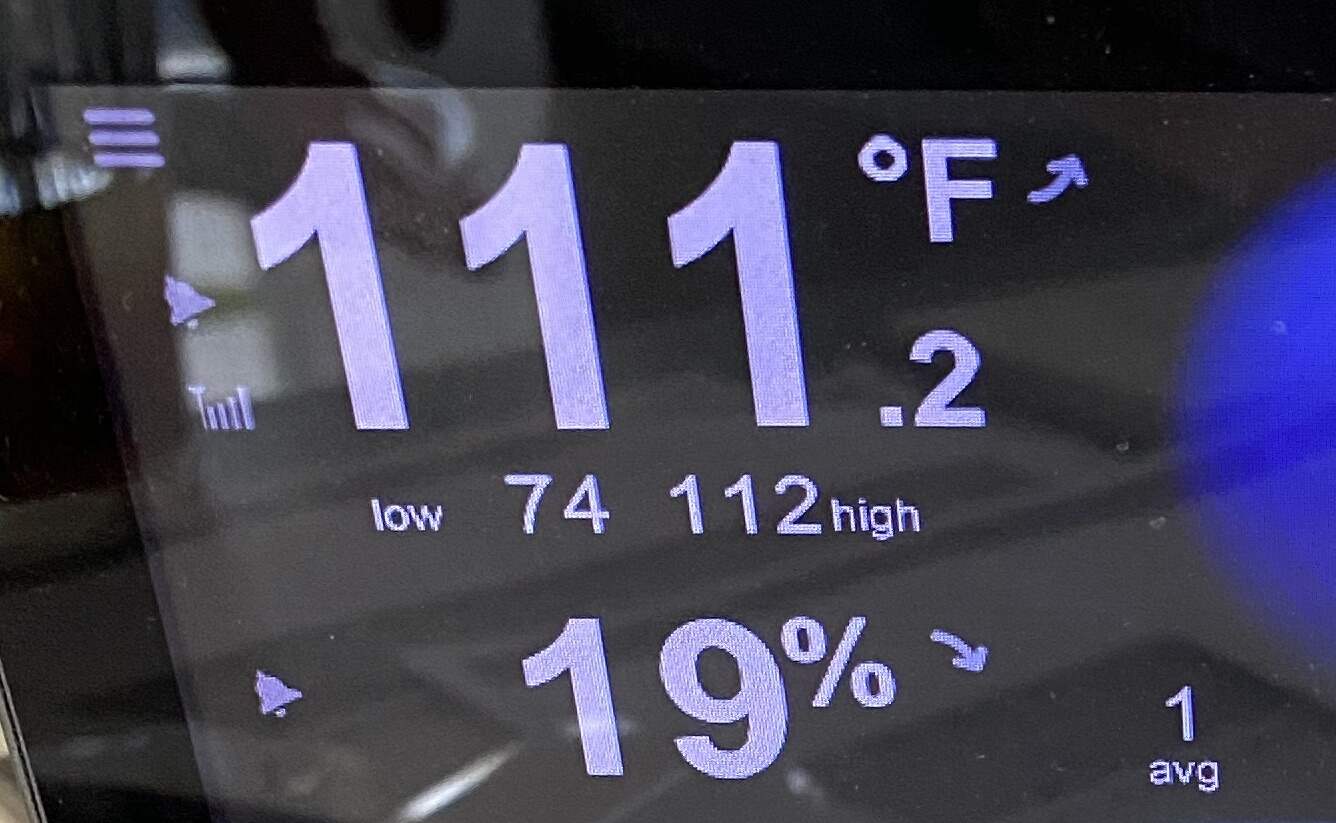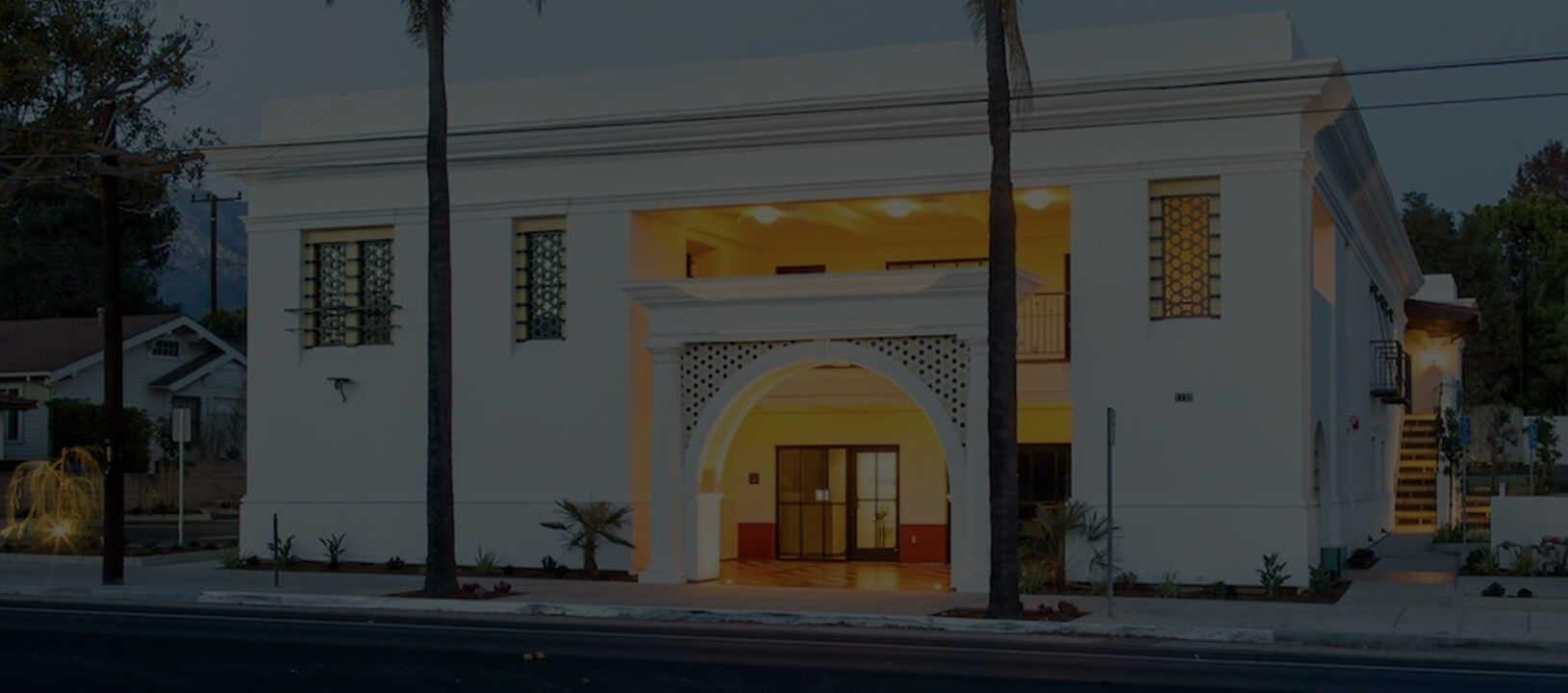Weather can be a trigger for migraines as well as several other headache syndromes. I’m finding that this time of year in Southern California, and even in Colorado where my Denver office is located, can be the worst time of year for those yearning for headache relief. Los Angeles recorded record-breaking temperatures of 121 degrees yesterday, and my back yard in Santa Barbara reached 1110F. Meanwhile, my Denver associates were reporting that temperatures in the 90s will be yielding to snow tomorrow, which is unto itself, just kind of insane.
Heat like this in Los Angeles and Santa Barbara can cause a variety of health issues, including death in the worst of unaddressed cases. For many headache sufferers in extreme heat, their pain can be debilitating. General discomfort can contribute, the glare of the sun can contribute, and a big issue, dehydration, can be a major contribution to migraine headache pain and severe illness. For those of us with migraines in Los Angeles and Santa Barbara, the stress of fires makes all of this worse, and the smoke of the fires compounds things terribly.
The mechanisms for all of these heat-related migraines are well understood. Dehydration is a major cause of headache for young and old- young in the form of hangovers, and old in the form of heat issues. And sometimes hangovers. A hangover headache is simply a result of dehydration in a similar sense to dehydration from any other cause. The shrinking of blood vessels and the loss of volume of the fluid surrounding the brain activates the pain receptors of the coating of the brain, the dura, which can be intensely painful. Dehydration also causes derangement of key chemical reactions throughout the body that are vital to health.
Rehydration in the case of dehydration is a game-changer. This can be seen in any type of dehydration syndrome. In the hospital, when patients come in with critical illness from any source, an IV is placed to deliver saline volume directly to the blood vessels. And in Las Vegas and Los Angeles, we see there are mobile IV services to provide that same therapy to those with hangovers from the night before. Either way, the re-hydration provides fluid volume to the body to restore the normal physiology to the body and brain, preventing those pain receptors in the brain from producing migraine and headache pain.
Stress and similar discomfort from the heat can trigger migraine pain in a different way. As malaise and concern arise, the muscles of the neck tend to tighten around the occipital nerves. These occipital nerves are the sensory nerves of the back of the scalp which provide feeling to this area. This muscle tightening in turn causes distress signals to be sent to the brain from these nerves, triggering migraine headache pain and other migraine symptoms. This well-known trigger of migraine is one of the most common causes of headaches.
When you have headaches do you find yourself rubbing the back or side of your neck or the base of your skull? Headache patients that do this are the ones that suffer from this peripheral nerve trigger for their migraine pain. And it’s not just migraines- stress headaches, chronic daily headaches, and many (if not most) other headache syndromes are caused by this peripheral nerve irritation. Even though it feels like your headache is coming from your brain, it is actually these peripheral nerves that are the root cause of the migraine problem. The good news is that patients like this can be fixed and their migraine pain relieved, but we are not there yet.
Sun glare on these hot days can be a disaster. So many headache sufferers report that bright light triggers or exacerbate their migraines. Days where the Southern California sun is beating down on Los Angeles can cause widespread headache pain throughout the region. I don’t envy those in Las Vegas- this is the norm there. This headache syndrome is remarkably similar to how stress causes irritation of the occipital nerves. Patients in whom bright light is a migraine trigger are actually people who are susceptible to migraines and who are very sensitive to bright light and the sun. It is actually an indirect issue rather than a direct cause of headaches.
In light-sensitive people, the body’s reaction to bright sun or other light is to try to limit the amount of light that gets to the eye. The body has a few mechanisms to do this, and one of the main ways is to squint. The activation of the muscles around the brow and eyes brings more of a “hood” to the area above the eye, and this limits some of the sunlight arriving to the eye. It’s a good system that has evolved over millions of years, but there is a flaw in the system for those susceptible to migraines and headaches.
The muscles that are activated in this situation to provide this hooding have nerves going through them: the supra-orbital and supra-trochlear nerves. These are sensory nerves, similar to the occipital nerves. Where the occipital nerves provide feeling to the back of the scalp, the supra-orbital and supra-trochlear nerves provide feeling to the forehead and the front of the scalp. Activation of the muscles surrounding the nerves above the eye (similar to the neck muscles that surround the occipital nerves) causes constriction and irritation of the supra-orbital and supra-trochlear nerves, and the same distress signals that trigger migraine and headache pain are created by this muscle activation. In this situation again, it is irritation of the peripheral nerves OUTSIDE OF THE BRAIN that triggers the migraine pain. Is your headache pain behind your eyes? Do you find yourself rubbing your forehead and temple to try to relieve your headaches? If so, you are likely one of these people who have your headache pain caused by irritation of these peripheral nerves. For migraine patients like this, again there are proven ways to find relief.
Release of irritation from the peripheral nerves that cause migraines is known as nerve decompression surgery, or migraine surgery. This short, outpatient procedure releases the involved nerves from the surrounding tight muscle, preventing migraines from being triggered in the first place. Migraine surgery patients find relief from their headache pain 93% of the time, so the procedure has been shown to be extremely successful, with very low risk and very high benefit.
If you are looking for a migraine specialist in the Los Angeles area, I would be happy to evaluate you for migraine surgery in my new Los Angeles migraine clinic. Alternatively, a short drive north to my migraine center in Santa Barbara may be an option for you. Either way, screening to see if you are a good candidate is easy and straight forward, and we can tell before you even consider the surgery if nerve decompression is likely to help you find relief to your migraines.
Please call our migraine clinic at 805-969-9004 if you are interested in finding out more about permanent migraine relief in Los Angeles, Beverly Hills, Santa Monica, Santa Barbara, or any of the surrounding areas of Southern California. And please… stay cool!

